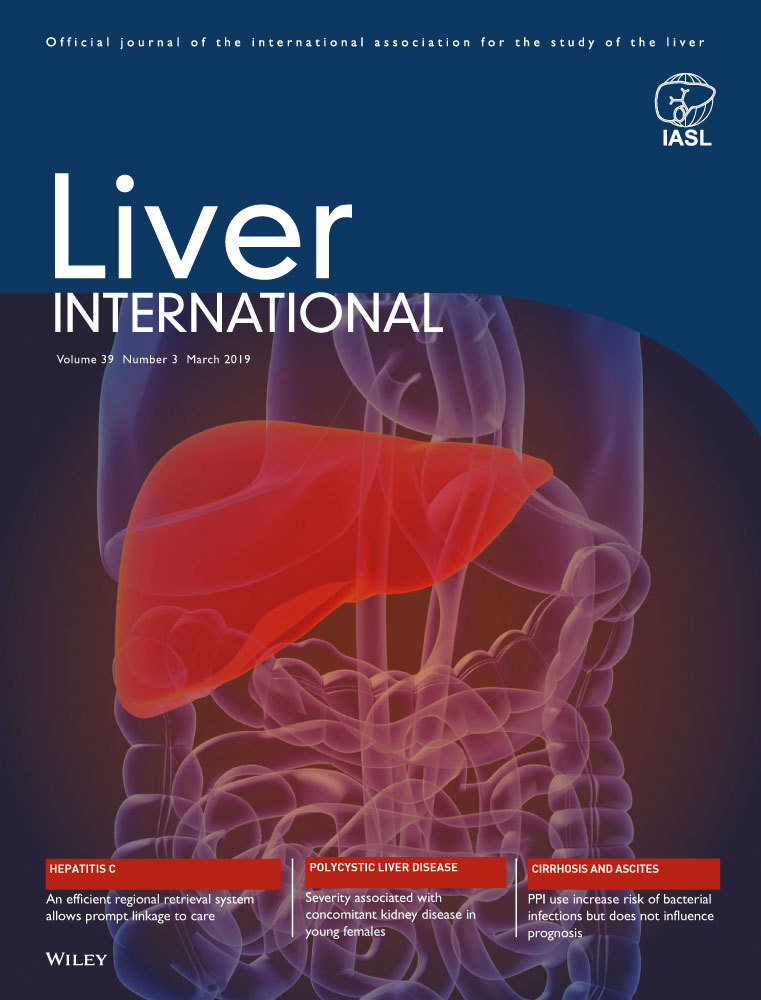Effect of proton pump inhibitors on the risk and prognosis of infections in patients with cirrhosis and ascites
Abstract
Background & Aims
Many patients with cirrhosis use proton pump inhibitors. We aimed to determine their effects on the risk and prognosis of infections in patients with cirrhosis and ascites.
Methods
We used data from three 1-year trials of satavaptan treatment of ascites (N = 1198) to compare incidence and 90-day mortality of first-time infections between users and nonusers of proton pump inhibitors. With standard and marginal structural Cox models, we adjusted for differences in gender, age, cirrhosis aetiology, Model for End-stage Liver Disease score, serum albumin, lactulose use, severity of ascites, and history of spontaneous bacterial peritonitis or variceal bleeding.
Results
During the follow-up, 446 patients had an infection. At inclusion, 524 patients (44%) used proton pump inhibitors, and 645 (54%) used them at some point during the follow-up. Proton pump inhibitor use increased the rate of infections overall (adjusted hazard ratio = 1.43, 95% CI 1.18-1.74), and it also increased the rate of all specific types of infections except upper respiratory tract infections of presumably viral origin. The estimated cumulative risk of infections was 36.4% for proton pump inhibitor users vs 25.1% for nonusers at 6 months (relative risk = 1.45, 95% CI 1.22-1.73), and 45.2% vs 37.7% at 1 year (relative risk = 1.20, 95% 0.97-1.40). Use of proton pump inhibitors did not affect mortality during the 90 days following infection (adjusted hazard ratio = 0.83, 95% CI 0.53-1.31).
Conclusions
Approximately half of patients with cirrhosis and ascites use proton pump inhibitors. This use increases their risk of bacterial infections, but does not affect their prognosis after an infection occurs.
CONFLICT OF INTEREST
The authors do not have any disclosures to report.




